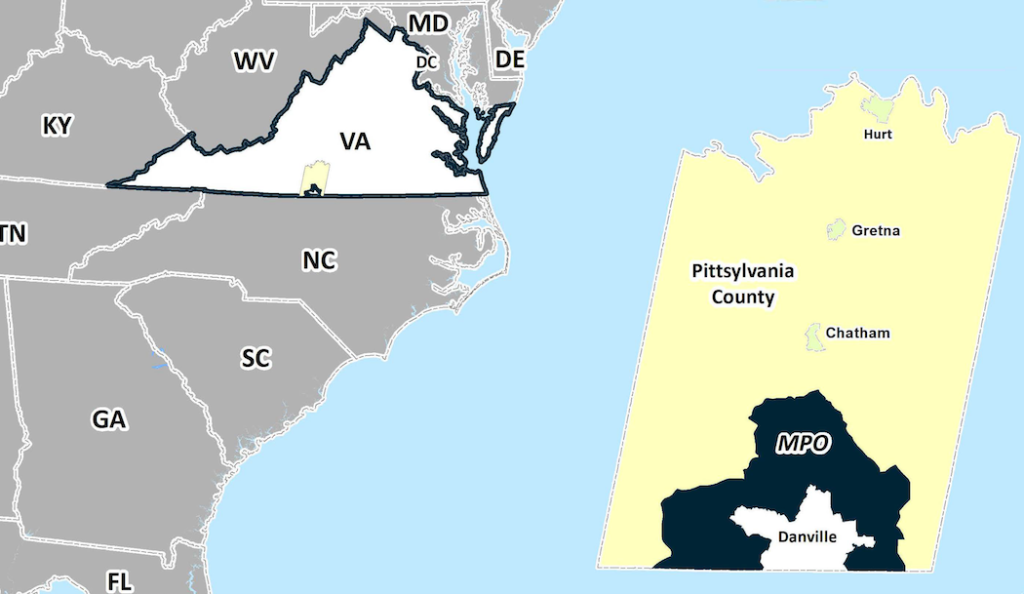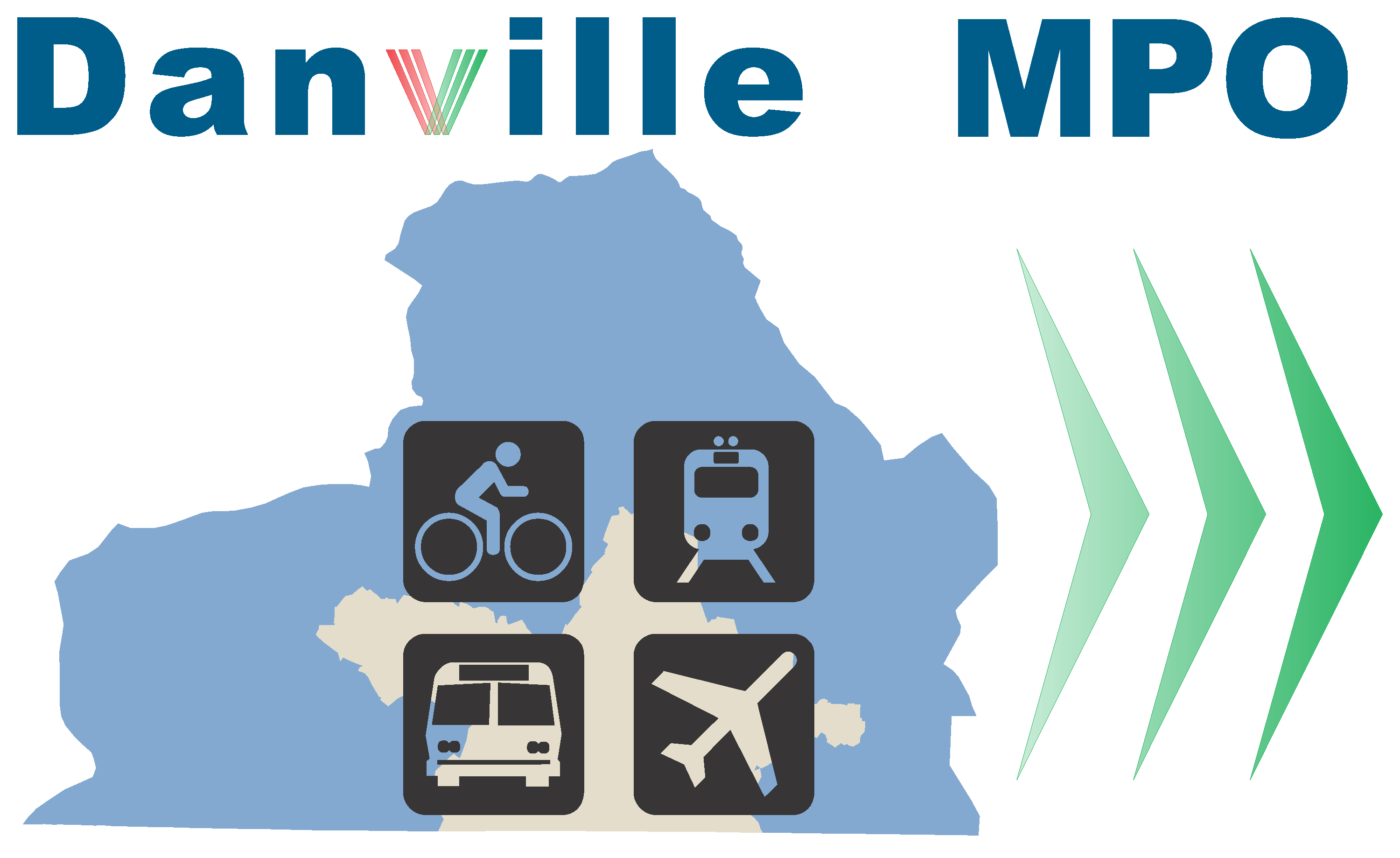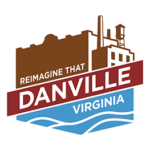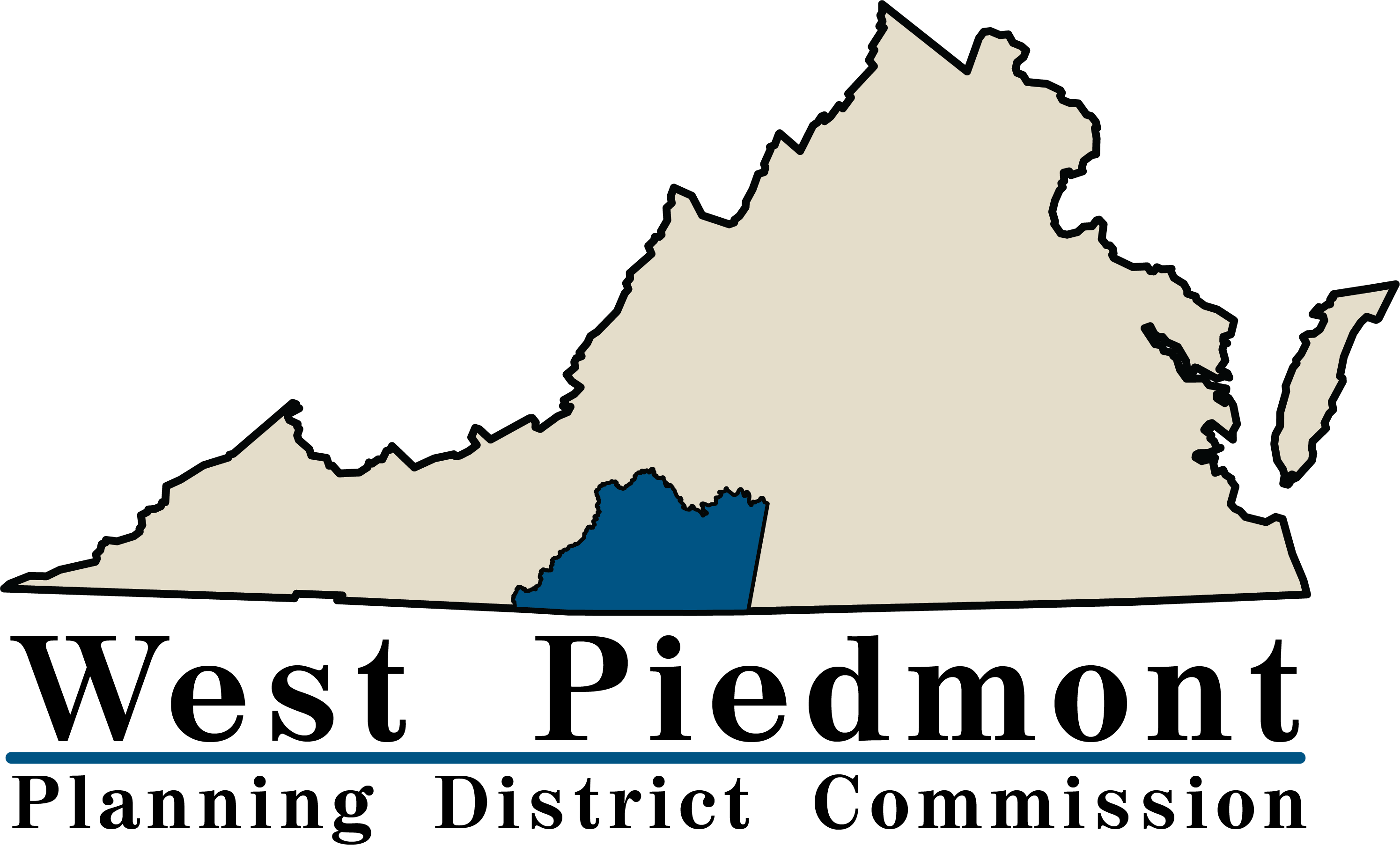Next MPO Meeting
The next Danville MPO Board meeting is scheduled for Tuesday, April 23rd, 2024 at 5:30 pm at the Danville Regional Airport. For more information, please contact the Danville MPO staff.
Nondiscrimination & Accessibility
The Danville MPO ensures nondiscrimination and equal employment in all programs and activities in accordance with Title VI and Title VII of the Civil Rights Act of 1964 and provides special assistance for persons with disabilities or limited English proficiency. For more information or to request assistance, please contact us.
Danville MPO Awarded GAP Grant to Improve Selection of Transportation Studies
In February, the Danville Metropolitan Planning Organization (MPO), staffed by the West Piedmont Planning District Commission (WPPDC) was awarded a grant to assist the agency with selecting quality transportation studies. The GAP (Growth & Accessibility Planning) technical assistance grant was awarded by the Virginia Office of Intermodal Planning and Investment (OIPI).
One of the Danville MPO’s major tasks is to facilitate transportation studies as a means to obtain funding to improve Danville and southern Pittsylvania County’s transportation network. In the past, portions of the region’s transportation system were often selected on an annual basis by the MPO Policy Board for study based largely on anecdotal data and what the Board members believed was important. The GAP grant, however, funds technical assistance to develop a tool to help MPO staff to recommend studies and Board members to select them, based on an objective, data-driven process.
The product of the effort will be a digital tool through which MPO staff will be able to input data, which will enable the tool to rank a series of potential transportation studies based on benefits each could provide. Developed along with the tool will be a user’s manual to guide MPO staff with regard to proper use of the tool.
The grant-funded initiative to develop this tool and user guide began in June, with three very experienced consulting firms involved in the effort. Michael Baker International will coordinate with OIPI, and has experience with statewide planning and funding processes. High Street Consulting is experienced with developing VTrans Mid-Term Transportation Needs, and will be instrumental in developing the project ranking tool. VTrans is Virginia’s statewide transportation plan, and Mid-Term Needs are those identified needs that, according to VTrans, should be addressed over a ten-year time frame. The third consulting firm, EPR, PC, will be involved in the effort, as this firm developed the latest iteration of Danville MPO’s Long-Range Transportation Plan and is intimately familiar with the MPO area, having conducted a number of studies there over several years. The duration of this collaborative effort is approximately one year, with the ranking tool and user guide proposed to be completed by June of 2022.
The main benefit of the tool will be that MPO staff will be able to identify the most effective and beneficial transportation projects for the Danville/Pittsylvania Region, which will not only result in the greatest investments for the region’s transportation network, but will also put taxpayer resources to the best use.






